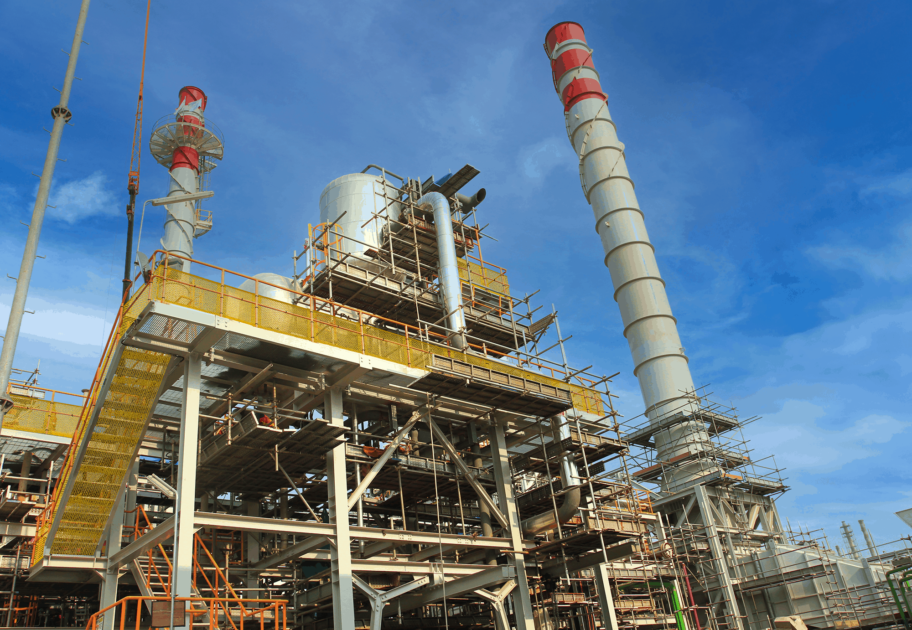What is a toolbox talk?
A toolbox talk, sometimes referred to as a tailgate meeting, is an informal meeting focusing on safety topics relating to a specific job, including workplace hazards and safe work practices.
Toolbox talks are recommended by OSHA (Occupational Safety & Health Administration) as a way to refresh workers knowledge, cover last-minute checks, and share & exchange information.
A company uses toolbox talks to facilitate health and safety discussions and promote safety culture; they should be short, informal, and informative instead of intimidating.
Why have toolbox talks?
When on-site accidents or incidents occur, the finger is quickly pointed at a lack of training, not following appropriate procedures or practices, or improper supervision.
It is therefore essential that hazards, dangers or other important information associated with a job is clearly and properly communicated to all personnel.
Toolbox talks are also important opportunities for workers to ask questions and voice concerns. All employees have a right to participate in health and safety as it relates to their work, and supervisors and managers are responsible for creating and nurturing an environment in which they can do so.
In short, toolbox talks should be used as an opportunity to stay on top of that which is necessary to keep safety culture a strong part of the business.
Toolbox talks in Power Generation
Toolbox talks are most important in Power Generation during shutdowns, turnarounds and maintenance periods. During these times, there is a high number of personnel on-site, with a wide variety of maintenance and work taking place. Therefore, the potential risks and hazards are increased significantly.
Dropped objects are a key danger during these periods, with multiple people working at height, carrying tools and equipment from one area to another, and working above and below others. Work areas must be considered, as should the measures put in pace to prevent both people and equipment from falling.
Fall arrest systems should be worn by workers at height; a fall arrest system consists of a body harness and a lanyard with a shock absorber. The fall arrest equipment must be attached to either an anchored lifeline or adequate support so that, if a fall does happen, the worker is safely secured.
Most other fall protection or prevention equipment serves to prevent objects or fixtures from dropping from a height, which could damage equipment or, more importantly, injure personnel.
The most common dropped objects are tools being used at height. Tool tethering is a key prevention system to stop tools from dropping, together with barrier systems which avoid the danger posed by untethered tools or equipment accidentally being knocked off a platform.
Barricade systems or adequate signage are also an important safety system and make up a big part of all toolbox talks. Ensuring that all personnel know where work is taking place, when it is taking place, and making it clear that any space below that area is classed as a ‘red zone’ or ‘no go zone’ is essential. Toolbox talks play an important role in preventing items from dropping (such as reminding everyone to use their tool tethers), but also ensure that, should an item drop, the safety of workers is not at risk.
Larger items, while falling less frequently, often pose a much greater danger, as they are usually bigger, heavier, and fall without warning. Secondary retention devices should be installed on all large items situated at height, such as light fixtures, CCTV cameras and other heavy items.
Toolbox talks ensure best practice safety protocols are followed and, especially during maintenance periods with a high volume of staff, everyone on-site stays safe.
